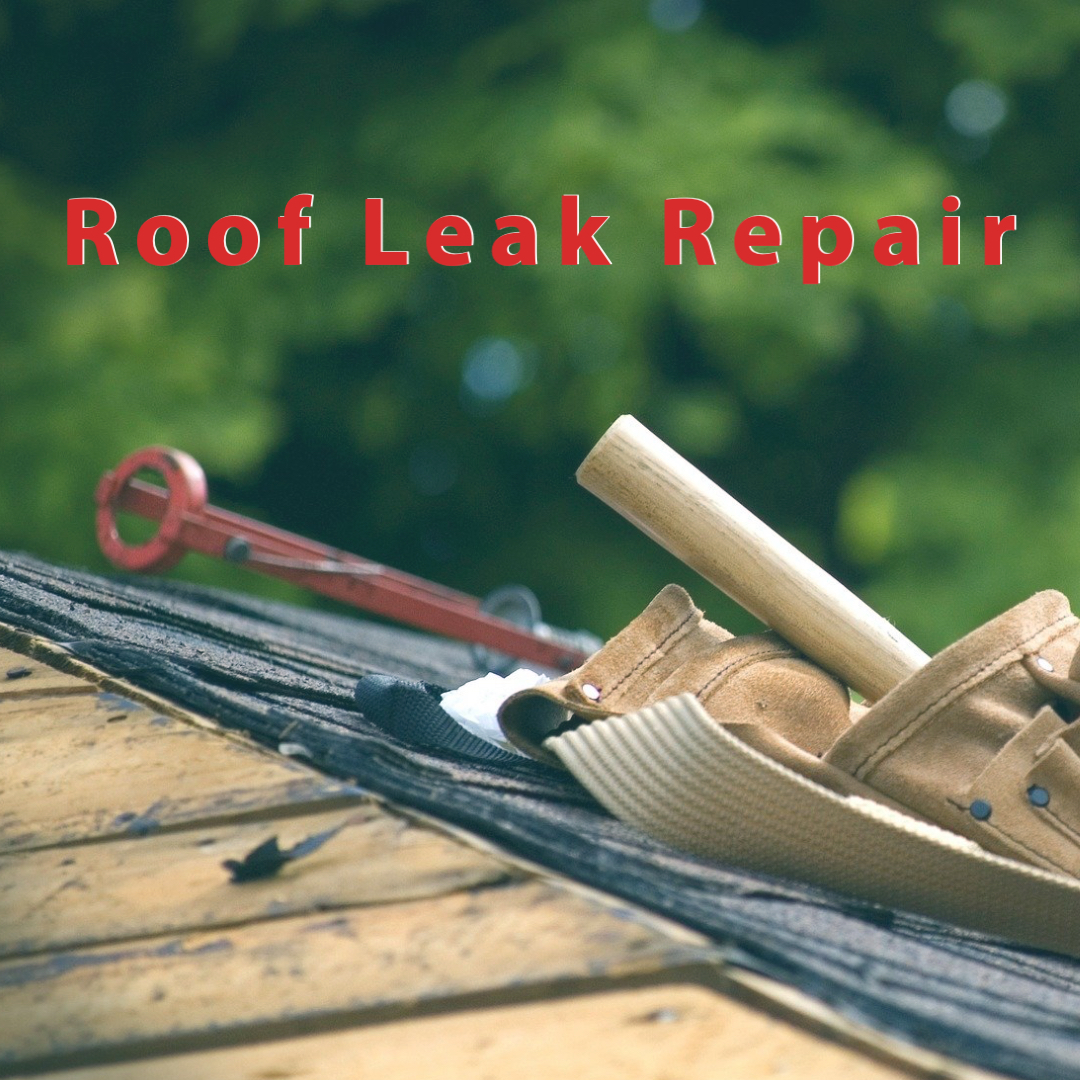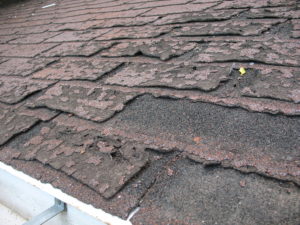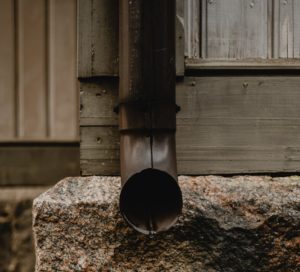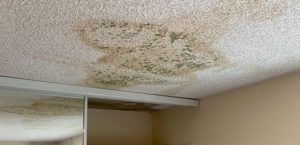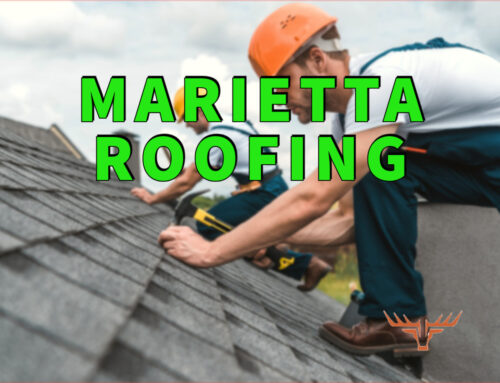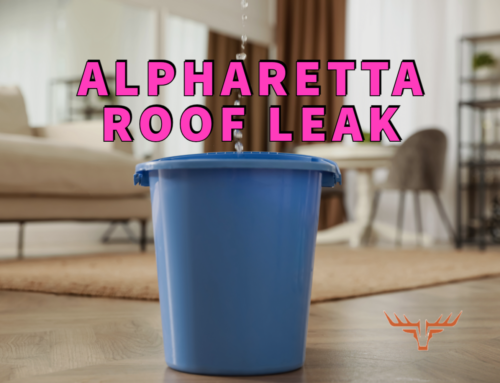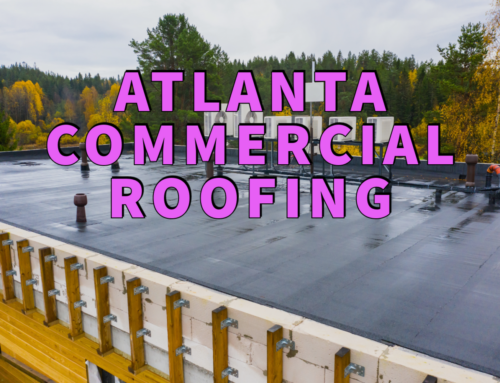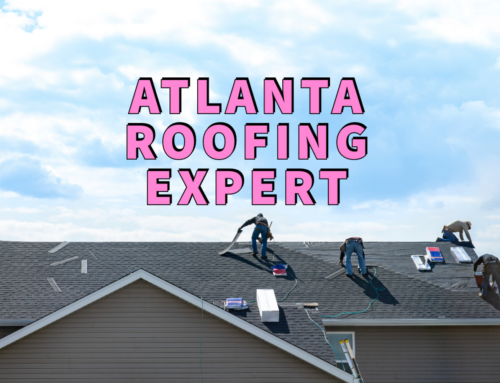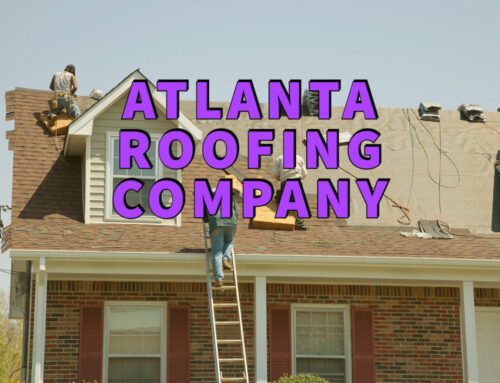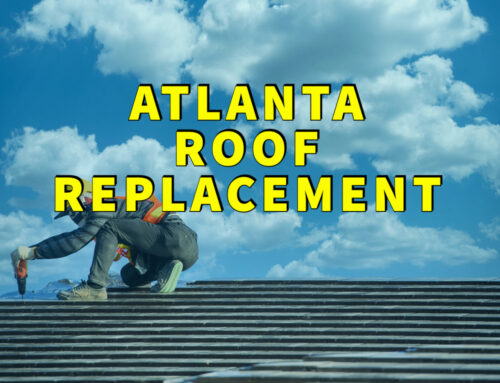Let a roofing specialist inspect your roof, identify the cause, and develop a plan for your roof leak repair.
Nobody thinks about their roof until there’s a problem. Once water and moisture enter your attic, the first thought is roof leak repair and getting your home protected the way it was before.
Address roof leaks right away. Waiting for the right time, or a different day, leave your home at a greater risk of water damage in your attic or upper floors. In worst-case scenarios, your chance of mold damage increases exponentially with the increased moisture in your home.
There are many causes of roofing leaks. This article will go into some of the most common causes and highlight the identifying factors, so you’re better informed the next time you talk to a professional about your roof leak repair!
What to do if your roof is leaking
You can take some quick action steps when you discover water entering your home through the roof before your roof leak repair. They are outlined in detail in this article.
In short, they are:
- Move your belongings
- Contain the water
- Address bulges
- Call a roofing company
- Tarp your roof (if possible)
- Take pictures
Taking these actions will dramatically reduce your risk of water damage and mold. More importantly, they will start you off on the right foot in the insurance claims process.
6 causes of roof leaks
The following causes are some of the most popular we encounter. The roof leak repair process differs for each version—some require full-scale replacement, others a straightforward repair.
Whatever the cause of your leaking roof, Revere Construction and Roofing’s professionals are here, waiting to help you in your time of need.
Broken shingles
Identifying issues with your shingles takes no time at all. In the daytime, take a look at your roof.
Are there any missing shingles? Discolored spots on your roof? After a storm, are there shingles on the surrounding landscape? These are signs roof leak repair might be in your future.
These are all indications you have problems with your shingles. Issues commonly occur because of wind and rain from heavy storms.
Leaks from broken shingles can show up as wet spots in any area under your roof. If there’s a spot in the middle, away from joints or seams, you can bet it’s because of broken shingles!
Damaged intersection seals
Intersections are various areas where two portions of your roof meet. Seals are applied where this occurs.
When these seals rupture or degrade, water can enter your home. If you see water spots where two portions of your roof meet, there’s a good chance it’s from damaged intersection seals.
These seals can crack with the application of excess weight onto your roof, weather wears them down, or if your roof’s installer didn’t perform installation correctly in the first place.
Ineffective flashing
Roof flashing is the thin piece of metal applied where roofs meet a vertical surface. It typically surrounds chimneys, vents, and skylights.
Cracked flashing is one of the most common causes of roof leak repair calls.
Tar or rubber often covers metal flashing, which wears down over time. When this happens, any storm that passes through has the chance of ending with a leaking roof.
Water spots around chimneys, vents, and skylights characterize this type of roof leak.
Ruptured roof vent seals
Roof vents stick out from the top of the roof and are responsible for ensuring proper attic ventilation. They often look like gray pipes sticking out of the roof.
Whenever there is a dark spot around one of your roof vents, it’s because of a damaged roof vent seal. These seals break down over time and are a relatively quick fix for roofing professionals called for your roof leak repair.
Built-up ice
An ice dam occurs when the snow melts on the roof and creates an ice blockage at the roof’s edge. These occur because of inadequate roofing ventilation—in short, an attic that doesn’t have flowing air will stay too hot during cold months, causing the melting snow. Then, this water runoff freezes in the cold air at the roof’s edge when the roof runs out, providing heat.
Ice dams cause a buildup of water, putting a strain on even the best seals. The weight of the ice and water can cause the roof to shift, damaging joints and connections.
If you have large blocks of ice at your roof’s edge or a large number of icicles, you’re at risk of ice buildup and might be looking at a leaking roof repair in the future.
Clogged gutters
There are two ways to spot clogged gutters: look for debris sticking out of the gutters or check for lack of water flow through the downspouts.
Clogged gutters create pools of water, which puts a strain on your roof’s every seal. The water entering your home at first might not be noticeable, but over time the amount of water seeping in will increase as the water erodes the seals.
Whenever water seeps in on the corners of your roof, an excellent first step is checking to see if your gutters are clean. Keep them clean, and you’ll have no issues from this type of cause of roof leaks.
Roof leak repair in Atlanta, GA
Roof leaks can come from a variety of sources. Whenever this happens, take quick action to minimize the risk of water or mold damage in the future.
Keeping your roof in good working condition will keep your home safe, dry, and worry-free. When water enters your home, take a look at this list of sources and see if any of them apply.
Roof leak repair can be a straightforward patch job or require roof replacement—it all depends on the severity of the roofing issue.
If you need roof leak repair and are in Atlanta, Georgia, or the surrounding area, give Revere Construction a call or reach out via our contact page. Our team of specialists will be on-site ASAP and provide you with a free estimate about your project. We work closely with insurance companies and can get your claims process started right away!

